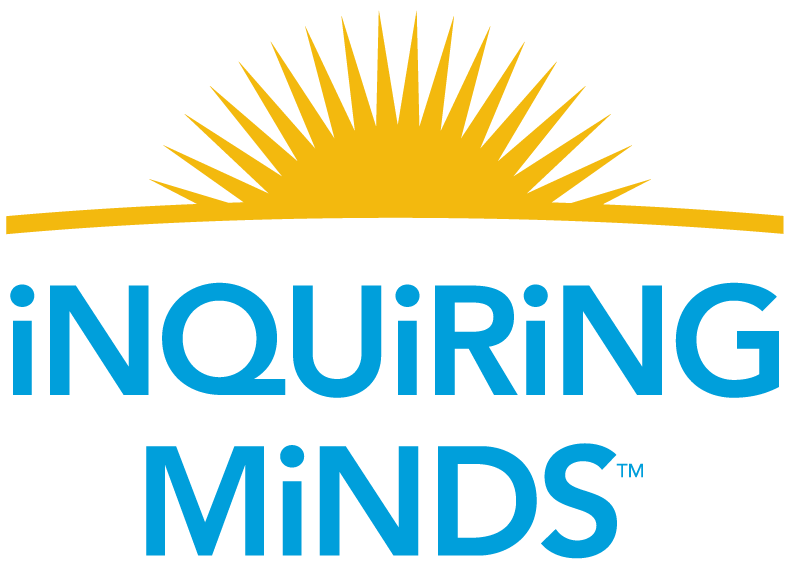Color, Color Everywhere: Narrowing the Palette for Room 220
15 Level color system created using papers from Paper Source and matching colors created on a Mac for our new library and the classroom. The letters on each color represent the official reading levels—in this case L-Z.
Wonderful Colors Transform a Classroom!
DK and I are designers so we love color! But we figured the kids do too. So why not ask the kids to respond to the colors? "Ask the kids" has become our mantra for everything we are doing in room 220. Just in case you are wondering, we "Ask the teacher" too! It's a truly co-creative adventure in this summertime Inquiring Minds' co-laboratory.
We started one day with a color workshop. We put a color palette in front of our student volunteers and asked them how they would use these colors in the room? How would they use them in a color code system for the library books? They had already selected the wall color — Benjamin Moore Billowy Down (see our post), a great choice everyone agrees. And one that harmonizes with many, many other colors.
They had an immediate consensus: For the library, the color code system should move from the lightest colors for the easiest to read books to the darkest colors for the most challenging, complex books. A sophisticated and intuitive system emerged very quickly. We eliminated the L-Z system since it was no longer needed. Since Z is 'the end', does it mean the reader has reached his/her limit? Should students just read whatever they want and not focus on the level (more on this in the post on The Library).
A Lot of Classrooms Use Rainbow Palettes
How have other systems in other classrooms been developed? Often they use the color spectrum – yellow through violet – which is very pretty and may be organized intuitively but all colors are not a palette. And therefore it's not unique.
Now when you walk into the room starting in the back corner wrapping left to right all the way around the room an array of colorfully labeled books give students a visual cue. More on the library, including the cost of creating it and time/labor required in a future post.
Room 220 needs a palette that can be created on computer and also on paper, hence the visual you see at the top of this post.
Note: The names in this article have been changed to protect the privacy of the students and teacher.

